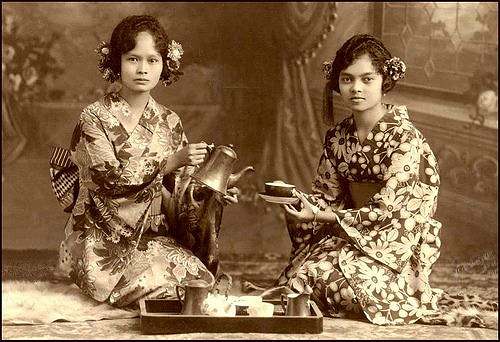What should you know about Filipino Culture
Central to Filipino culture are strong family ties, respect for elders, and a sense of community, known as “bayanihan.” The majority of Filipinos practice Roman Catholicism, reflected in colorful festivals and religious celebrations. The culture is also known for its hospitality, warmth, and a love for food, with dishes like adobo and lechon being popular staples. Filipinos speak a mix of languages, with Filipino and English as the official ones, and their arts, music, and dances showcase the country’s rich heritage and creativity.
| Aspect | Description |
|---|---|
| Religion | Predominantly Roman Catholic, with indigenous spiritual practices in some areas. |
| Family | Strong family ties, with respect for elders and extended families often living together. |
| Festivals | Colorful religious and cultural festivals like Sinulog, Pahiyas, and Ati-Atihan. |
| Cuisine | A mix of Spanish, Chinese, and indigenous influences with dishes like adobo, lechon, and sinigang. |
| Language | Filipino (based on Tagalog) and English are official languages; over 170 regional languages spoken. |
| Arts and Dance | Rich tradition in folk dances (e.g., Tinikling), music, and modern arts influenced by Western trends. |
| Values | Bayanihan (community spirit), respect for elders, and a deep sense of hospitality. |
| Modern Culture | A blend of tradition and modern influences, with a strong presence of social media and pop culture. |
Historical Influences on Filipino Culture
The culture of the Philippines is deeply rooted in the traditions of its indigenous peoples. However, the arrival of Spanish colonizers in the 16th century introduced Catholicism, and their nearly 400-year rule left a profound mark on Filipino society. Later, the United States influenced the country after the Spanish-American War, further shaping its educational, political, and cultural institutions.
Key historical influences include:
- American Period: English became a widespread language, and Western-style democracy and education systems were introduced.
- Pre-colonial Heritage: Indigenous practices, like animism and ancestral worship, remain in the southern and mountainous regions of the country.
- Spanish Colonization: The introduction of Christianity and Catholic traditions, which dominate Filipino festivals, family structures, and rituals.
Language and Communication
With over 170 languages and dialects spoken across the islands, the Philippines is a linguist’s paradise. Filipino and English are the official languages, serving as the medium for education, government, and media. Communication is also characterized by a high context culture, where non-verbal cues and indirect expressions are just as important as the spoken word.
Family and Social Structure
Family is the cornerstone of Filipino society. Extended families living together or in close proximity is common, emphasizing strong familial bonds, respect for elders, and mutual support. The social fabric is further strengthened by bayanihan, the spirit of communal unity and cooperation.
Festivals and Celebrations
The Philippines is known for its lively festivals, which are a fusion of indigenous customs and Catholic influences. Every region has its own festivals, reflecting the local culture and traditions. Many festivals are tied to agriculture, religious devotion, and community bonding.
Popular Filipino festivals include:
Ati-Atihan: A festival in Aklan that honors the Santo Niño, blending indigenous and Christian traditions.
Pahiyas Festival: Celebrated in Lucban, Quezon, where houses are decorated with fruits, vegetables, and rice as offerings for a bountiful harvest.
MassKara Festival: Known for its colorful masks, this festival in Bacolod represents the resilience and optimism of the people.
Filipino Cuisine
Filipino cuisine is as diverse as its culture, blending indigenous. Filipino food is a reflection of the country’s diverse culture, with influences from Malay, Chinese, Spanish, and American cuisines. Filipino meals are centered around rice, and dishes are often served family-style, encouraging sharing and communal eating.
Popular Filipino dishes include:
- Adobo: A marinated dish made with chicken or pork, flavored with soy sauce, vinegar, and garlic.
- Lechon: A whole roasted pig, usually served during large celebrations.
- Sinigang: A sour soup, usually made with tamarind, tomatoes, and vegetables.
- Balut: A street food delicacy that consists of a fertilized duck egg.
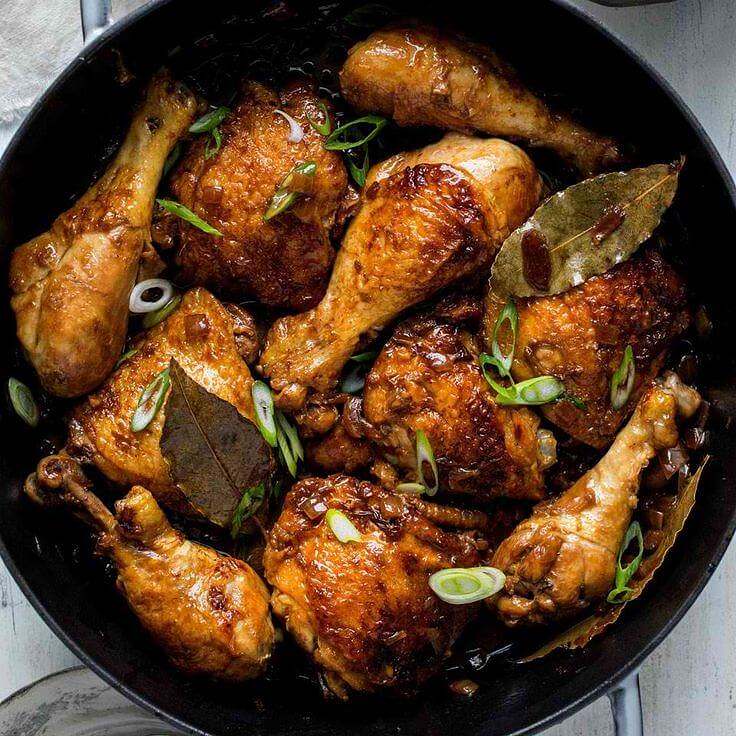
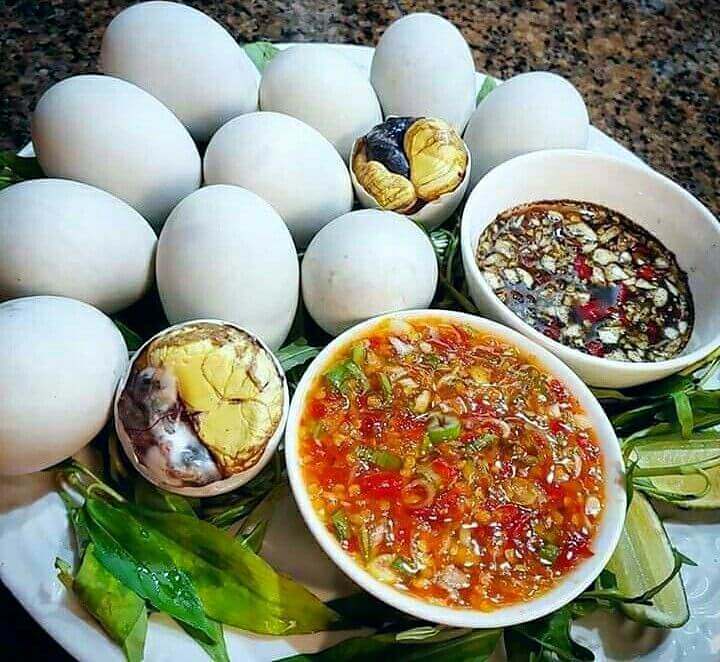
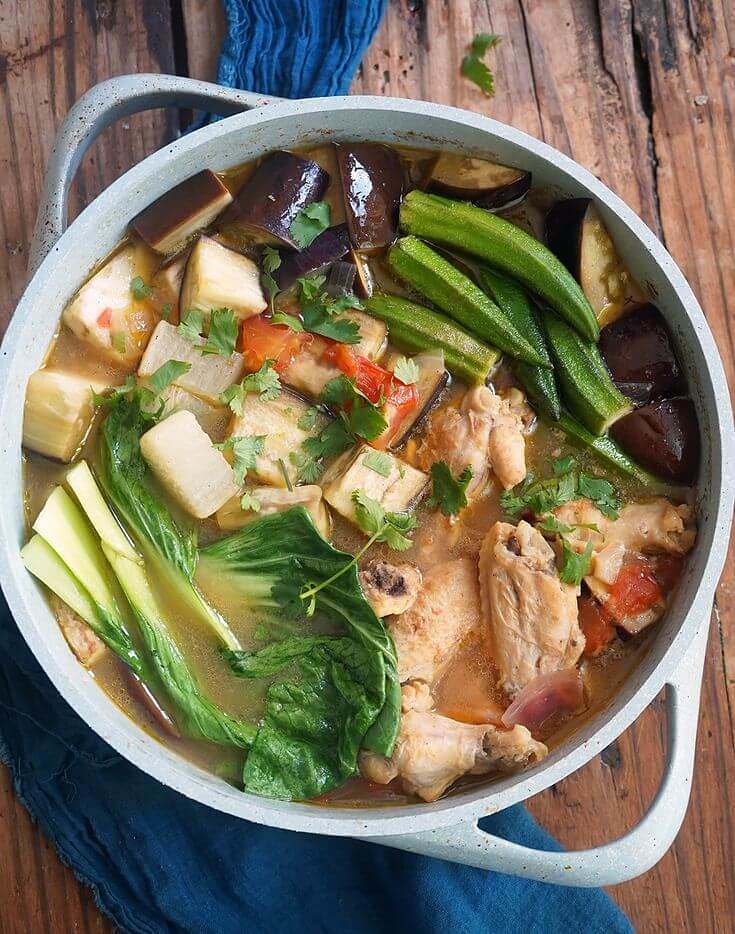
Arts and Crafts
Filipino art and crafts reflect the country’s history and natural beauty. From the intricate weaves of the Ifugao to the vibrant paintings that depict Filipino life, the country’s creative legacy is both profound and diverse.
Music and Dance:
Music and dance are integral to Filipino cultural expression. Traditional folk music and dances, such as the Tinikling, are performed during festivals and community gatherings, while contemporary music scenes thrive in cities across the islands.
Religion and Spirituality
The Philippines is predominantly Catholic, with a rich tradition of religious festivals and practices. Indigenous beliefs and practices also persist, reflecting the country’s spiritual diversity.
Filipino Beliefs
Filipino beliefs are deeply rooted in a mix of indigenous practices, Catholicism, and superstitions passed down through generations. The majority of Filipinos are Roman Catholic, a faith brought by Spanish colonizers, and religious devotion is seen in daily life through prayer, church attendance, and the observance of various saints’ feast days. Significant events like baptisms, weddings, and funerals are deeply influenced by Catholic traditions.
However, pre-colonial animistic beliefs and superstitions continue to thrive in rural areas and even in modern cities. These include the belief in spirits (ancestral or nature spirits), aswangs (mythical creatures), and the importance of certain rituals to ward off bad luck, such as avoiding travel after a wake or not sweeping the floor at night to prevent financial loss.
Attire and Fashion
Filipino traditional attire, like the barong Tagalog and the terno, is a symbol of national pride. Modern Filipino fashion creatively merges traditional elements with contemporary designs, showcasing the country’s evolving cultural identity.
Contemporary Philippine culture Clothing

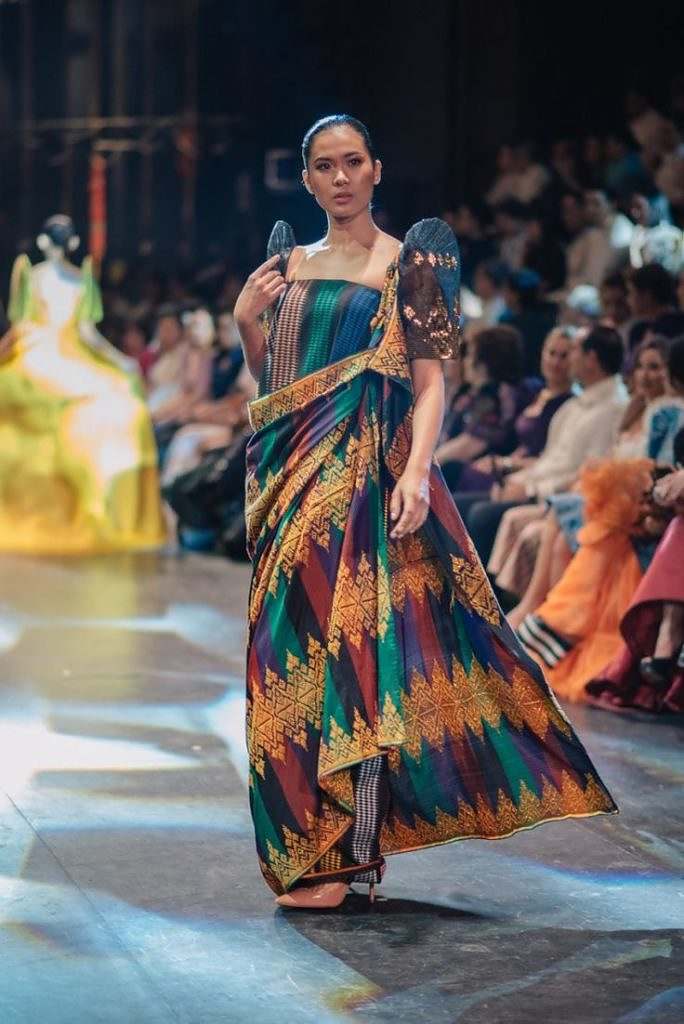
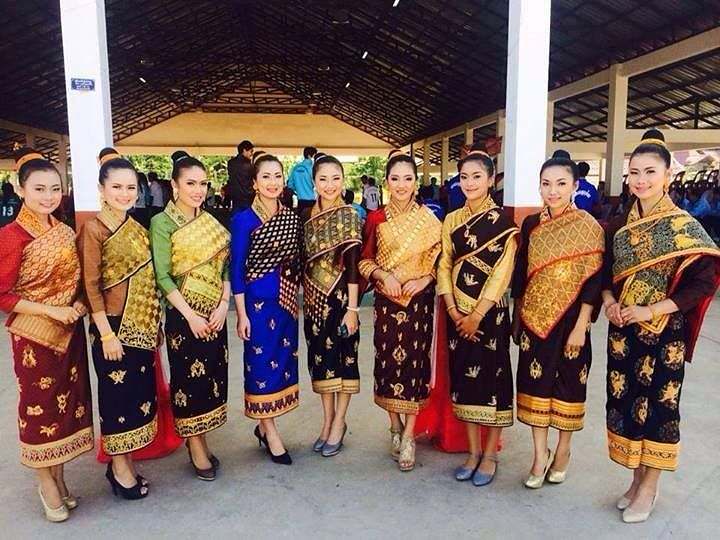
Sports and Recreation
Basketball, boxing, and volleyball are among the most popular sports in the Philippines, reflecting the country’s love for competition and community events. Traditional games, such as sipa and patintero, continue to be enjoyed by children across the country.
Economic Contributions
The Philippines’ economy benefits from its rich agricultural lands, a strong overseas workforce, and a growing tech industry. Filipinos abroad play a significant role in the economy through remittances, while local innovations drive technological advancement.
Education and Language
The Philippine educational system emphasizes bilingualism, with Filipino and English used as mediums of instruction. This approach has helped the Philippines become a leader in English proficiency in Asia, opening doors for global communication and opportunities.
Modern Filipino Culture
In the 21st century, Filipino culture continues to evolve. The influence of globalization, technology, and pop culture can be seen in daily life, especially in urban centers. Filipino pop music (OPM), films, and television dramas have a significant following domestically and among the diaspora.
Modern cultural trends:
- K-pop and K-drama Influence: The youth are heavily influenced by Korean pop culture, evident in fashion and entertainment.
- Social Media: The Philippines is often dubbed the “Social Media Capital of the World” due to the high usage of platforms like Facebook and Instagram.
- Diaspora Culture: Overseas Filipino workers (OFWs) are considered modern-day heroes, and their remittances contribute significantly to the economy.
What Should Know About Filipino Culture
Understanding Filipino culture means appreciating its complexity and diversity. It’s about recognizing the values of pakikisama (harmony and good will), bayanihan, and the importance of family. It’s also about celebrating the global influence of Filipino culture, from cuisine to entertainment, and taking pride in its contributions to the world stage.
Filipino culture is a vibrant and dynamic force, shaped by its history, people, and the global community. It’s a culture that values respect, community, and resilience, offering lessons in unity and diversity. As the Philippines continues to navigate the challenges and opportunities of the 21st century, its culture remains a source of pride and strength for Filipinos everywhere.
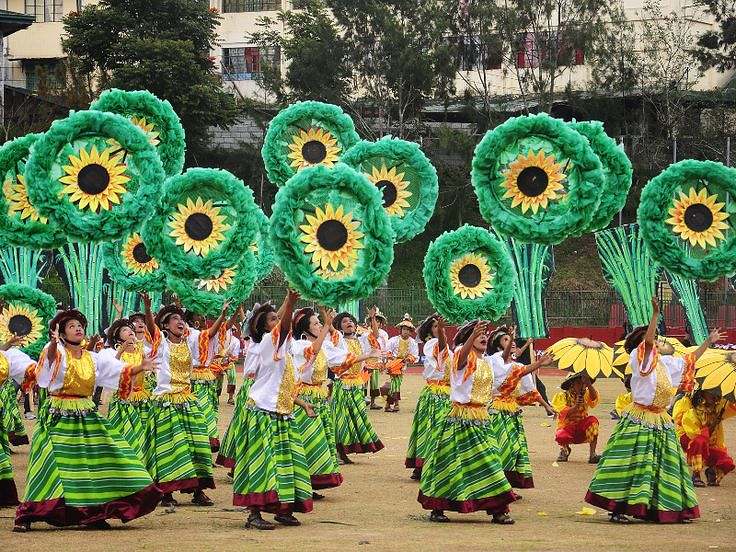
Philipines
What are some traditional Filipino festivals?
Traditional Filipino festivals, known as fiestas, are vibrant and colorful celebrations that occur throughout the year, showcasing the country’s rich cultural heritage and religious devotion. Some notable festivals include…
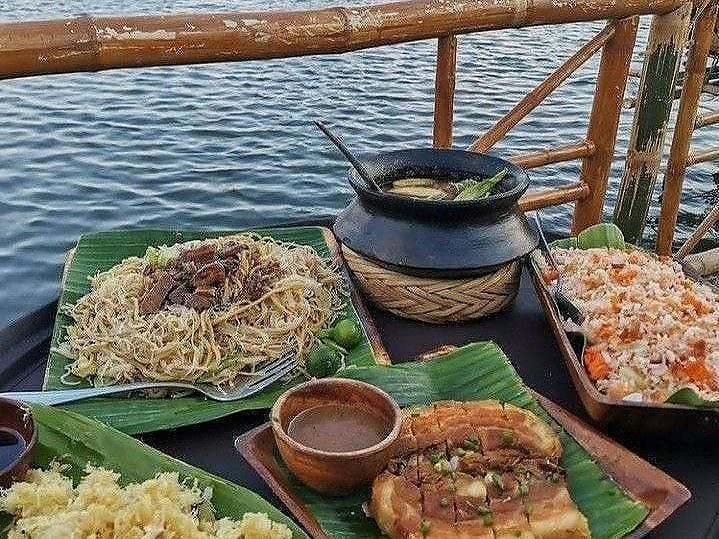
Philipines
What makes Filipino cuisine unique?
Filipino cuisine, a splendid tapestry of tastes and traditions, stands out in the culinary world for its unique blend of flavors and influences…

